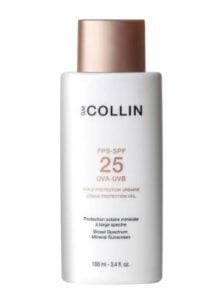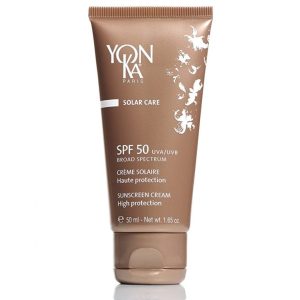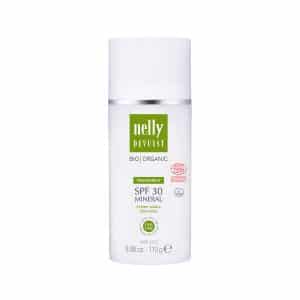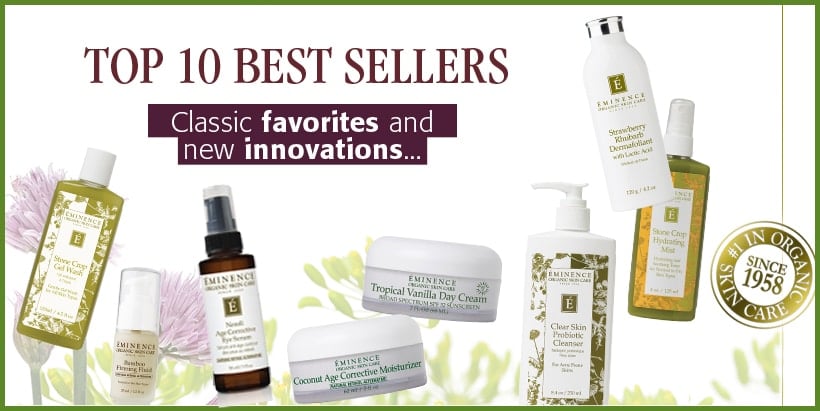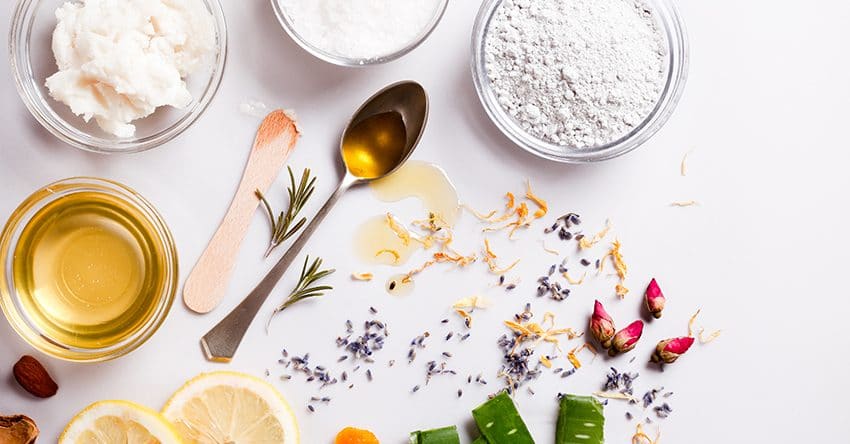Beach days are always fun until and unless you are affected by sunburn. Not only on beach days, but even on regular days when the sun shines at its peak, one can suffer from sunburn, making your skin itchy and can even cause skin cancer at its worst. Fortunately, derms are successful enough to formulate some combating recipes for us, and here we are to pour some knowledge on this for you!
Firstly, the sun you are seeing above your head emits light, but alongside, it also gives off ultra-violet radiation, which got a heating effect. But do you know? Upon its exposure, it can damage your skin cells by altering their DNA, causing uncontrolled cell division, which we regard this condition as “cancer”!
UVA Vs UVB Vs UVC
But to understand this deeply, it’s mandatory to mention that UV rays are of three types;
- UVA has a comparatively longer wavelength and the least energy level. Penetrate deeply, causing skin aging and skin cancer.
- UVB has a smaller wavelength than UVA, but a larger wavelength than UVC can tan and burn the epidermis.
- UVC has the smallest wavelength that only affects the topmost cells of your epidermis. And as it can’t penetrate much deep, it can cause redness and tanning only on the upper epidermis.
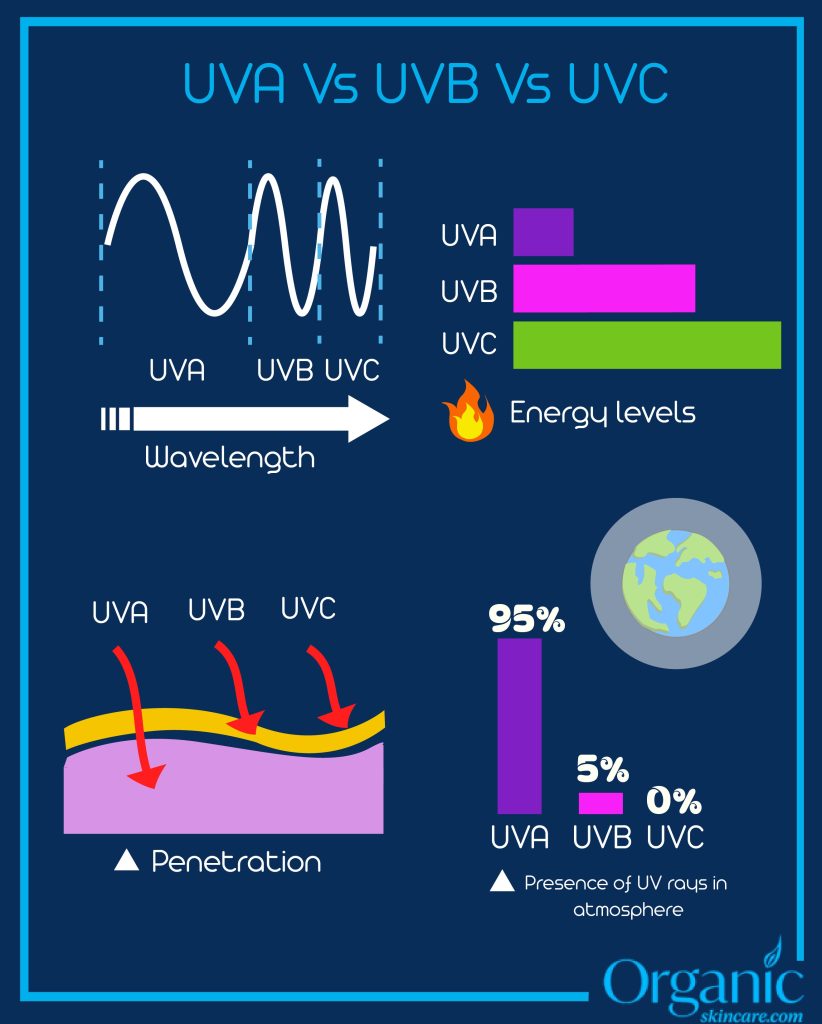
In this article, we will try our best to shine some light on this topic and highlight some key ingredients you should look for and sunscreen ingredients to avoid while buying sunscreens!
But before this, it’s better to familiarize yourself with some terminologies you see on the label usually.
You must have seen on the label of the sunscreens “SPF 50” or “SPF 70”. So first, understand;
What is SPF?
SPF, sun protection factor, which self explains, a level of protection it offers against the UV rays. So applying a sunscreen with more SPF offer a greater level of protection against the sun’s UV rays.
What does "FDA proven" mean?
What does “FDA proven” mean?
The food and Drug Administration of the united states of America aims to ensure safety for humans and the environment.
FDA-proven/approved drugs satisfy all the safety rules, hence can be used by one without fear!
What is coral-safe?
Two famous UV rays blockers, oxybenzone, and octinoxate are the main constituents of some sunblocks. Unfortunately, their use can lead to coral bleaching. Using coral-safe products ensure benefit for us and safety for the environment!

For attaining beauty and safety at the same time, let’s look for the ingredients you should avoid next time you go sunblock shopping!
Know your sunscreen!
Before diving deep, it is better to compare the two major types of sunscreen; mineral sunscreen and chemical sunscreen.
Mineral sunscreen act as a physical barrier between you and UV rays. Whereas, Whereas chemical sunscreen contains a chemical; that is absorbed in the skin. These chemicals convert UV rays into heat energy, later released from the body.
Sunscreen Ingredients To Avoid!
1)Oxybenzone:
Although it absorbs UV rays significantly, derms are reluctant to suggest those sunscreens. Upon usage, it harms the environment in several ways:
-Can lead to coral bleaching when washed off with a splash of water!
-React with chlorine used as a pool disinfectant to form a toxic insoluble substance
-Can harm marine life to a greater extent
that forbids the use of oxybenzone-based sunscreens in pools and beaches!
Apart from that, it can even harm you!
-Interfere and mimic the adrenal and sex hormones(estrogen and testosterone), causing hormonal imbalance. Not just yet, on worse terms, it can even cause breast cancer and endometriosis.
-Skin allergies and irritation due to their use in sunlight
2)Avobenzone:
Avobenzone is less harmful than oxybenzone comparatively, as it lacks toxicity. The only issue is it lacks stability, hence degenerates upon sunlight exposure, not only making it useless but can also form free radicals. These free radicals speed up the aging process and can cause illness. Imagine using this in your sunscreen! So it’s a big ‘NO’ from dermatologists!
3)Homosalate:
Taking about the brighter side, it shields the skin from UVB rays well. However, Homosalate is a weak hormonal disruptor. And some even consider it responsible for increasing the permeability of your skin. That means it can absorb toxic products from the environment in your bloodstream, which is alarming for some. Does it harm the environment? Dermatologists are not sure as fewer data supports this point of view. But as it didn’t decompose quickly, scientists are not expecting positive results. Derms suggest using products with a homosalate of less than 10% concentration.
Attention!
The recommended concentration is around 1.4%. So, it’s better to use those sunscreens!
4)Ensulizole:
Derms don’t encourage you to use this as an active ingredient in your sunscreen for a safe site. According to researchers, applying it to your face will form radicles. Radicles gain an electron from a neighboring cell, causing ionization in your skin. Although, the results were from the test carried out on fish scales and bat skin. But similar results can be seen on human skin in the future, so better avoid it!
5)Octocrylene:
Calling it a double-edged sword will define it well!
Considering benefits;
-Protects from UVA and UVB rays both (this means offering protection from skin aging and skin cancer)
-Is photostable (doesn’t decompose quickly on exposure to sunlight)
-Have moisturizing properties (form a thin film on your skin to trap moisture, making it hydrated and supple!)
-Improve the effectivity of sunscreen (often paired with unstable compounds, preventing radical formation)
That might leave you questioning, “If it’s that good, then why list it in something to avoid? Wait! Read ahead!
Research shows that;
-It can disrupt your endocrine system
-People with sensitive skin can suffer from skin allergies such as eczema.
-It is not coral-safe.
Protip here for sensitive skins!
Do a patch test before applying fully on your skin to note any reaction.
General protip!
Look for products with not more than a 10% concentration of octocrylene, as proven by FDA(Food and Drug Administration).
6)Octinoxate:
Although FDA doesn’t ban this ingredient, researchers highlighted the potential dangers of using more than 7.5% concentration of octinoxate.
Research on animal have shown that octinoxate can;
-disrupt hormonal function
-cause low sperm count in males
-can reduce the size of the uterus
However, researchers are not sure whether it will react likewise to the human body or not. Research on humans suggests it can cause allergies to your skin leading to dermatitis, acne, and rashes.
As it absorbs into the bloodstream, it reflects some potential harm, that is, breast cancer in females.
The environmental concerns are also at stake as it is not coral-safe too.
We are not sure whether it’s safe for humans, but we are aware of the damages to the environment and animals during research. Although it’s your choice, most derms suggest avoiding it!
Hovering over all these ingredients might have eliminated your favorite sunscreen! But remember! FDA approved some sunscreens which do not ignore the optimum concentration. If you are concerned about your health and environment, then it’s good! The article ahead will discuss purely safe sunscreen and FDA approval.
Sunscreen ingredients to avoid when pregnant
If you are going through pregnancy, you better avoid these ingredients. As research suggests, it can harm your mammary glands. As previously stated, it can absorb into the blood, which might harm you and the embryo!
They better use mineral sunscreen, which should be non-irritating and non-fragrant too!
Similarly, children pre-puberty should also avoid sunscreen with these ingredients as it can cause hormonal imbalance at an early age, causing early puberty.

Chemist encourages the use of mineral sunscreens generally if you are the one concerned or have sensitive skin. The reason involves the mode of action of mineral sunscreen! Mineral sunscreens, unlike chemical sunscreens, are not absorbed in the bloodstream. That means hormonal disruption, cancer, and traces of toxic chemicals of sunscreen in urine and breastmilk are not likely to happen! It works by sitting between Sunrays and your skin and shielding it from incoming UV rays!
Unfortunately, the most common ingredient in sunscreen is only two, which are zinc oxide and titanium dioxide.
Sunscreen Ingredients To Look For!
Zinc oxide:
ZnO, this simple formula will blow your mind when you are aware of the benefits it can bring!
Zinc oxide filters out the UVA and UVB rays more efficiently than many chemical sunscreens. That is why many new mineral sunscreens depend on natural zinc oxide as an active ingredient.
Moreover, it can;
-Heal your damaged skin, sunburns, rashes, and inflammation and reduce skin permeability.
-Treat your oily skin by limiting the oil production. It closes the open pores and tightens the skin.
-Eliminate acne-prone skin
Titanium dioxide:
Just like zinc oxide, titanium oxide also has a broad spectrum of UV protection. It also has anti-aging properties and can heal the long-term impact of sunburn. Zinc oxide and titanium dioxide are used together because of similar behavior!
Apart from this, titanium dioxide is;
-Non-irritating
-unlikely to cause breakouts and allergies
-invisible, will not form a white cast when applied (dark-skinned people can use it too!)
Body Sunscreen VS Facial Sunscreen
Although the primary aim of both types is to save your body from harmful UV rays, some differences will help you understand why we draw a line between the two!
Facial skin is quite sensitive. Overloading the sunscreen with chemicals and oil can make it acne-prone and even cause breakouts. Hence, facial sunscreen is more absorbent, light, and less chemically active. It protects and is not much visible!
Contrary to this, body sunscreens can be oily, thicker, and fragrant. Body skin, which is usually quite mature compared to facial skin, is unlikely to show any reactions.
Finding your required sunscreen might get hectic. But why fear when organic skin care is here?
We offer a wide range of sunscreens, both chemical sunscreens and mineral sunscreens, for you to choose from them!
Presenting!
- -Broad spectrum UV protector(UVA and UVB rays) with SPF 25
- Invisible when applied (no white cast)
- 100% chemicals free, means no endocrine disruption or hormonal disbalance
- Non-greasy mineral sunscreen
- Made with Zinc oxide(13.3%) and titanium dioxide(3.8%)
- For all skin types (no skin reaction and allergies)
- Broad-spectrum cream with SPF 50.
- Shields from UVA and UVB
- Made with fruit extract, loaded with vitamin E, vitamin B5, and vitamin A.
- Moisturizing and hydrating effect
- Non-comedogenic (won’t clog your pores) and non-photo irritant
- Suitable for all skin types
- Water-resistant
If you are an organic product lover and skin conscious and want to use mineral sunscreen, we just got a perfect product for you!
A perfect balance of aloe vera and minerals that offers;
- broad spectrum UV protection
- -protection for all skin types
- -formulated protection without dimethicone and silicone
A gentle massage on the face and neck will be enough as it contains;
- Titanium Dioxide 2% (Non-Nano): forms a protective layer
- Zinc Oxide 18.4% (Non-Nano): UVA/UVB protection
- Rooibos Extract: Powerful antioxidant, protects the cell membrane
- Acmella Oleracea Extract: Natural muscle relaxant, reverses expression lines and wrinkles
- Bentonite Clay: Ultra-absorbent, detoxifying, oxygenating, healing, and soothing
Protip!
If you have dry skin, use this product with a minute amount of hydrating oil.
Organic skincare also offers chemical sunscreens!
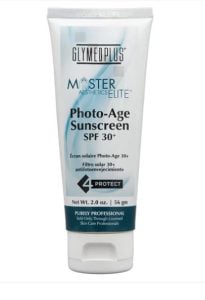
You can try “GlyMed Plus Master Aesthetics Elite Photo-Age Sunscreen SPF.”
This physical and chemical fusion is especially for those who went through surgical skin treatment such as laser therapy and clinical peels!
It contains octocrylene(1.5%), oxybenzone(1%), and octinoxate(7.5%) within a safe usage limit. And minerals include titanium dioxide(6%)
Its use offer;
- Chemical and physical UVA and UVB rays protection
- Protection for all skin types
- -specially made for face and neck
- -SPF 30
Organic skincare offers a vast range of sunscreen, which you can check and order according to your preference!
We hope this detailed guide helped you to know your sunscreen better and will surely be a step up for your skincare routine.


